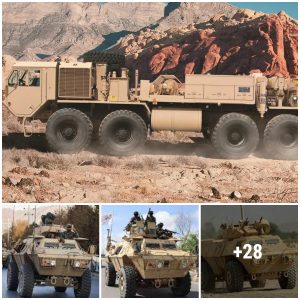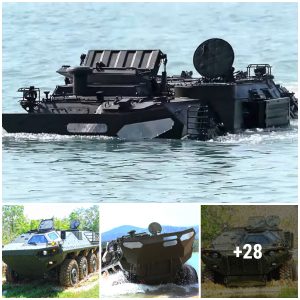The US Army, in conjunction with the Israeli Ministry of Defense’s Israeli Missile Defense Organization (IMDO) took a critical step toward fielding the first of two RAFAEL-made Iron Dome Defense System-Army (IDDS-A) batteries. IDDS-A will defend supported forces within fixed and semi-fixed locations against sub-sonic Cruise Missiles (CM), Groups 2&3 Unmanned Aircraft Systems (UAS), and rockets, artillery, and mortar threats. White Sands Missile Range hosted the missile flight test, demonstrating the capabilities of the Iron Dome Defense System–Army (IDDS-A). US Army soldiers assigned to 3-43 Air Defense Artillery Battalion successfully detected, tracked, and intercepted multiple CM and UAS surrogate targets. The testing prepares the system for U.S. operational forces use by ensuring it meets U.S. Army safety standards and that the system will effectively operate within the U.S. AMD architecture.
IMDO Director in the Israeli Ministry of Defense, Mr. Moshe Patel: “This is the second interception test since the two batteries were supplied to the US Army at the end of 2020. In this test as well, the system intercepted all the threats, while being interoperable with US systems.”
Advertisement
Brigadier General (Res.) Pini Yungman, Executive Vice President and Head of RAFAEL’s Air & Missile Defense Directorate: “Once again, the Iron Dome has proven its effectiveness and operational capabilities in combat scenarios. As part of the U.S. Army’s operational training, American troops operated the system which functioned with optimal effectiveness against a variety of threats and intercepted targets from different ranges.”
Maj. Gen. Brian Gibson, Director AMD CFT: “It’s important to understand that implementation for the U.S. is about the ability to integrate this system into our air defense picture. We need to integrate this into our U.S. architecture, and to give confidence to our regional commanders that we can integrate this system safely into what they have.”

The Israel Missile Defense Organization (IMDO) in the Directorate of Defense Research and Development leads the development of Israel’s multi-tiered air defense array, based on four operational layers: Iron Dome, David’s Sling, Arrow 2, and Arrow 3. The US Army plans to field both Iron Dome Defense System-Army (IDDS-A) batteries as an interim cruise missile defense solution, while the US Army continues to acquire an enduring IFPC Inc2 system. Future variants of the IFPC program include technology insertions such as directed energy, which will provide a critical protection capability against sub-sonic Cruise Missiles, Groups 2&3 Unmanned Aircraft Systems, and Rockets, Artillery, and Mortars threats.
Iron Dome (Kippat Barzel) is a mobile all-weather air defense system developed by Rafael Advanced Defense Systems and Israel Aerospace Industries. The system is designed to intercept and destroy short-range rockets and artillery shells fired from distances of 4 kilometres (2.5 mi) to 70 kilometres (43 mi) away and whose trajectory would take them to an Israeli populated area. The system is designed to counter short-range rockets and 155 mm artillery shells with a range of up to 70 kilometers. According to its manufacturer, Iron Dome will operate day and night, under adverse weather conditions, and can respond to multiple threats simultaneously. The system’s radar is referred to as EL/M-2084. It detects the rocket’s launch and tracks its trajectory. The BMC calculates the impact point according to the reported data, and uses this information to determine whether the target constitutes a threat to a designated area. Only when that threat is determined, an interceptor missile is fired to destroy the incoming rocket before it reaches the predicted impact area. From 2011 to 2021, the United States contributed a total of US$1.6 billion to the Iron Dome defense system, with another US$1 billion approved by the US Congress in 2022.





